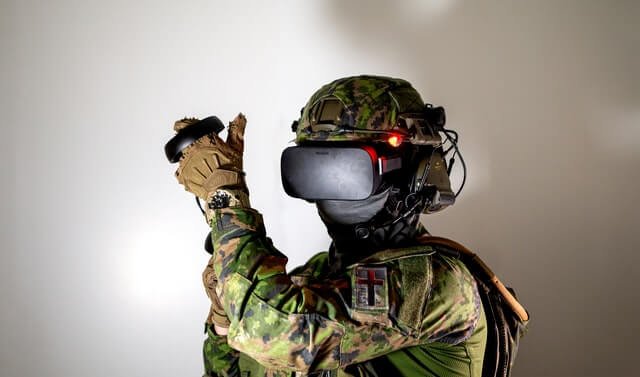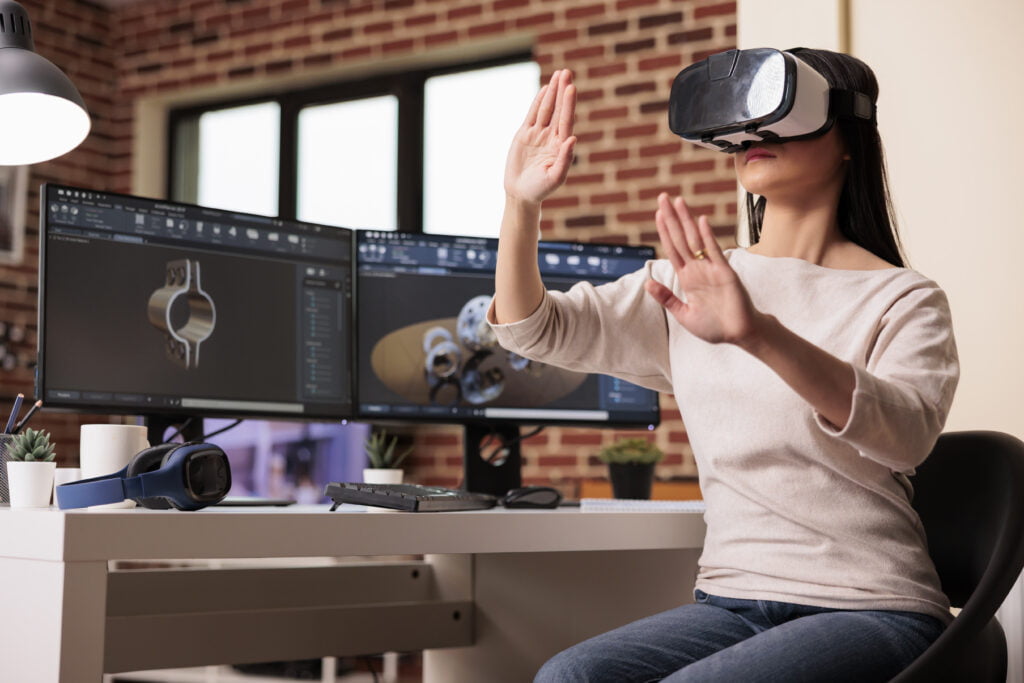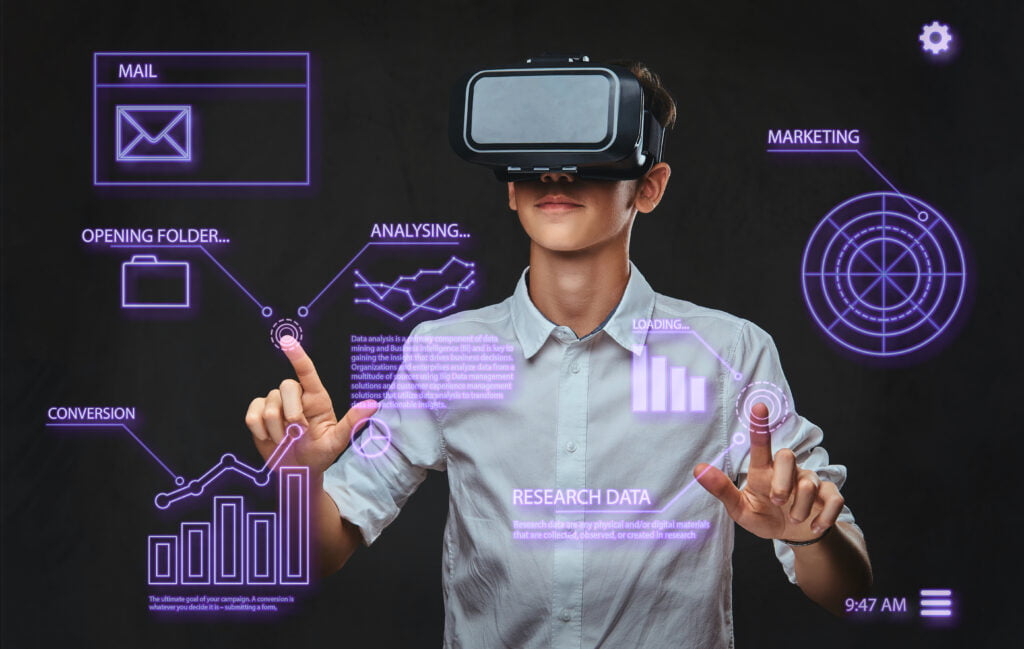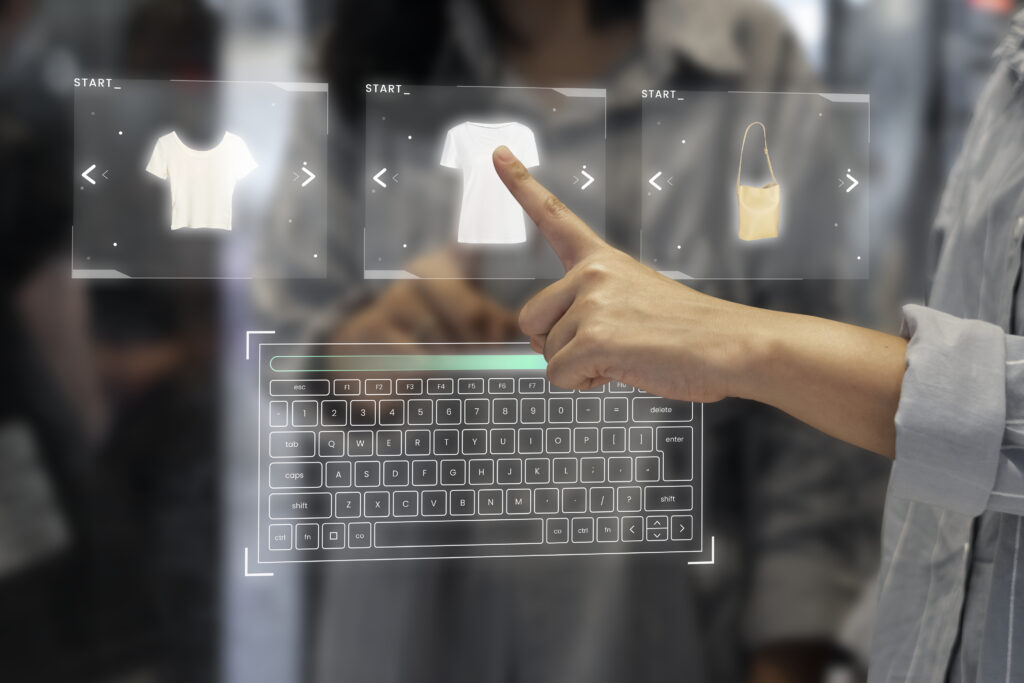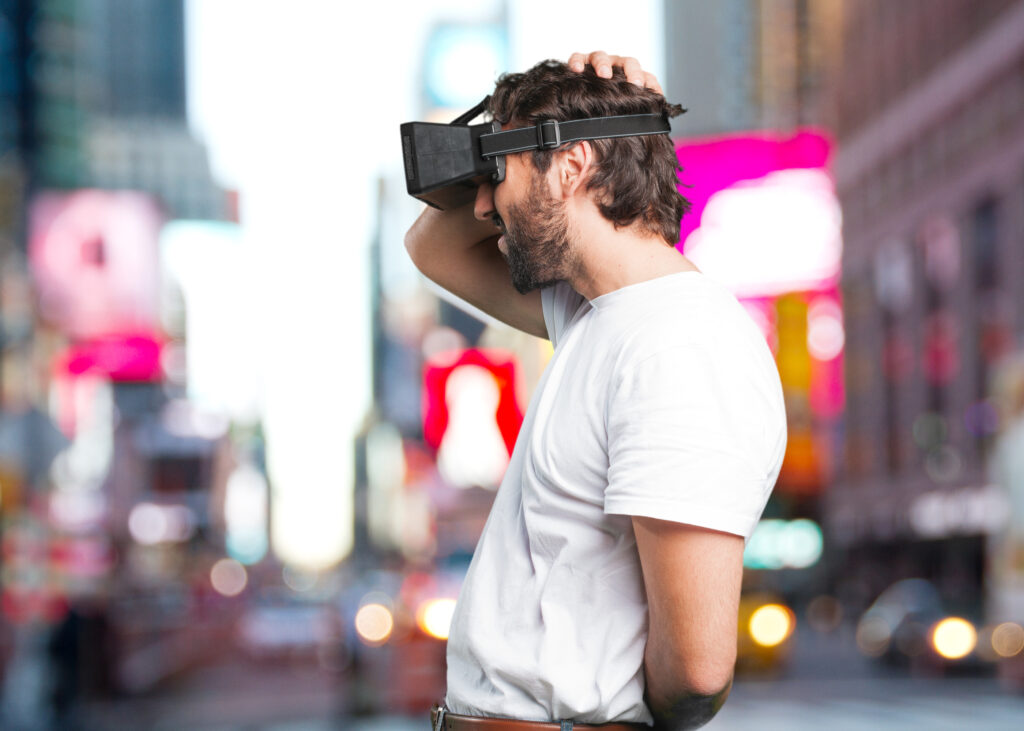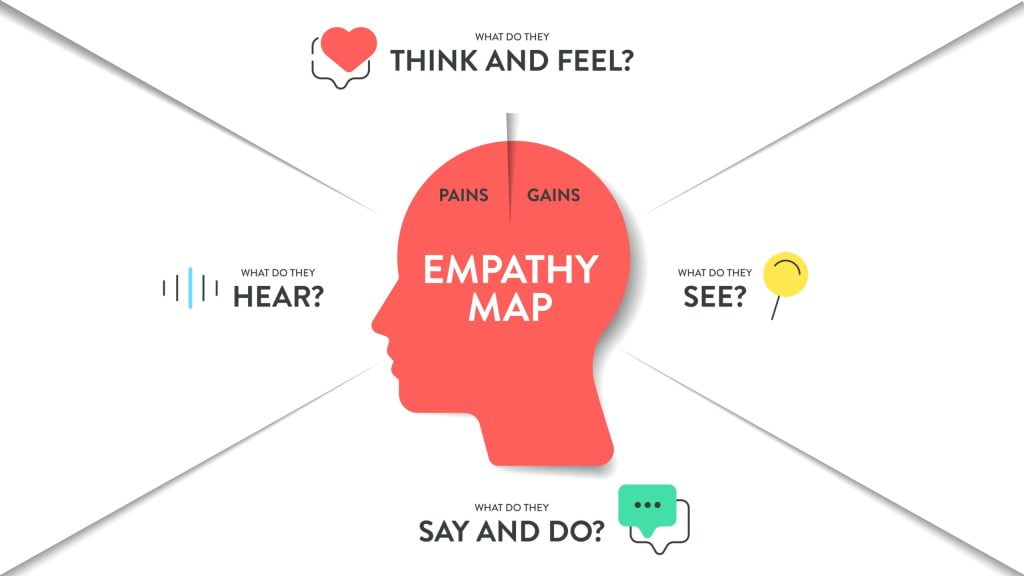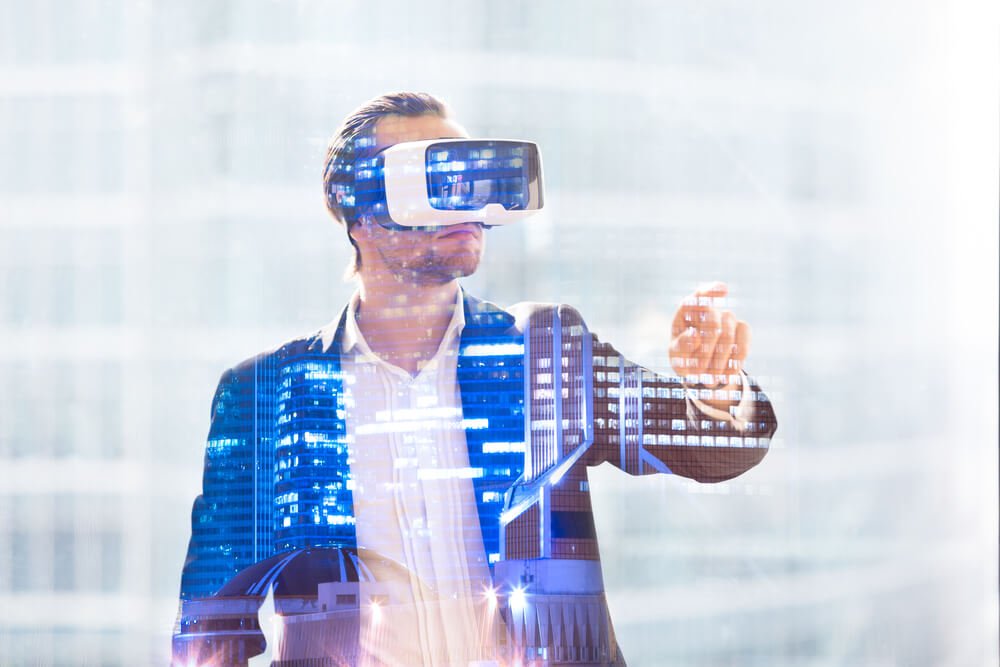The Uses of VR in Military Training
Table of Contents:
Can you participate in military action without being on the training ground, or with a gun in your hand to face the enemy lurking just around the corner? Can you plan and execute an attack, and if necessary, receive support, or fly in a fighter jet and practice the toughest scenarios in challenging conditions, all the while knowing that no one will get hurt? Yes, there is a way – modern methods of military training using virtual reality.
New technologies in military training
In many areas of our lives, state-of-the-art technologies are constantly being introduced, offering us entirely new possibilities on a regular basis. One of the most innovative and exciting of these is virtual reality (VR). The most common example of its use is in entertainment, such as computer games, where fully fabricated worlds are created to dazzle gamers, or special effects in cinema productions which have been wowing audiences for years now. However, VR is also used in other, more utilitarian areas, such as the military.
To better understand the capabilities of this technology, let’s start by explaining what VR is. Simply put, it’s a 3D simulation of any environment, real or fictional. You can view it through VR goggles and interact with it using a set of controllers or other electronic components.
How can VR be used in the military?
With the advancement of technology, the possibilities for executing training exercises remotely are ever-expanding, and there is now an extensive range of skills and knowledge that military personnel can gain this way. In conditions resembling real ones, they can learn to pilot planes, drive vehicles and shoot weapons, all in the safety of a virtual world. They can also improve their soft skills, such as action planning, decision-making, and strategy development. Finally, they are able to verify the acquired skills and knowledge during practical training and exercises on military training grounds.
By wearing VR goggles, soldiers gain total immersion, which means they almost physically experience another reality in conditions which are completely convincing. Moreover, the process of such training does not involve many other people as the trainees can learn by themselves after initial instruction.
Some say that virtual reality is increasingly setting the direction of how modern armies are developing and provides an excellent complement to the available training materials currently available. Through this technology, soldiers can feel and experience the challenges of the battlefield and better adapt to the conditions they will find there.
What benefits does virtual reality offer for military training?
In addition to the obvious advantages of cost reduction and trainer safety, VR also allows the early detection of errors and improves the training process by involving more of the senses. VR also provides a wealth of post-training data and statistics and, most importantly, allows military personnel to go through dangerous, life-threatening situations which are impossible to practice in real life. Furthermore, many different scenarios can be practiced during a single VR training session as resetting the scenario only takes a few moments of loading time. This saves both time and money for military units as soldiers can go through a wide range of exercises without moving between training centers. But that’s not all.
By using VR in the military, it is possible to:
- train for life-threatening situations,
- conduct active shooter training,
- simulate hostage situations,
- conduct medical training on the battlefield,
- train in realistic flight simulators,
- treat post-traumatic stress disorders,
- train in counterterrorism or negotiations.
Why is Virtual Reality for military training growing in popularity?
Simulated computer-based training has been relatively common throughout the military since as early as the 1980s because it provides soldiers and military personnel with the chance to train in a safe and controlled environment. Today, virtual reality is further expanding these opportunities by taking computer-based training to the next level.
Its popularity is driven primarily by its ability to provide an entirely realistic, immersive experience that perfectly mirrors everyday scenarios from the lives of ground troops, air force, navy, and special units. Virtual environments create the perfect conditions for military training. VR technology allows participants, i.e., soldiers, to experience specific situations in a controlled area and under monitored conditions. It guarantees trainees the possibility to improve their skills and test their aptitude in fast-paced situations that will prepare them for combat and national defense.
One thing is for sure – today, digitalization affects almost every economic sector, including the military. The future of modern armies is going to be based on VR training tools as achievable technological advances continue to stimulate the smooth transition from hardware-based defense strategies to data-driven solutions.
Author: Rafał Siejca
Rafal has over twenty years of corporate experience, including roles at Millennium Bank, Comarch, and leading software teams at PZU, one of Europe’s largest insurance companies.As one of Poland’s few true VR experts with a decade of experience, he ensures timely, high-quality project delivery as CEO and CTO.

